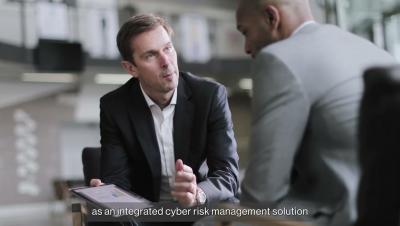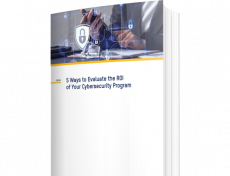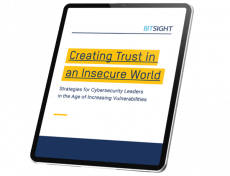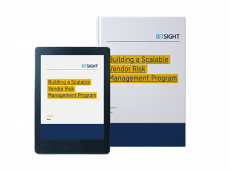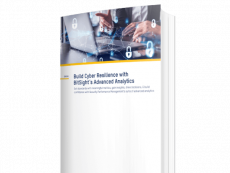5 Things a Security Manager Should Check Every Morning
As a security manager, you have a wide variety of tasks you need to complete in order to protect your organization — as well as your employee and customer data. Of course, some of these responsibilities are performed on a quarterly or yearly basis, such as gathering information for audits or conducting annual assessments. But there are certain tasks that you should be completing daily in order to maintain the desired security posture and reduce cyber risk across your expanding attack surface.






